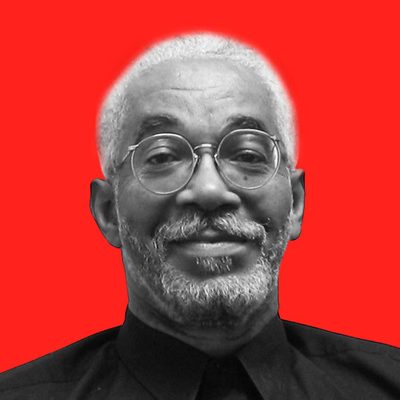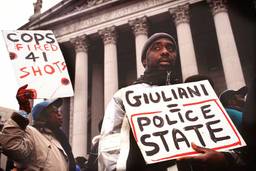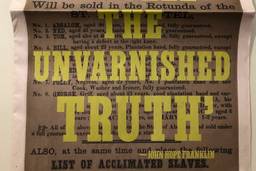Police Torture and the Need for Repair
Special prosecutors Edward Egan and Robert Boyle report that Chicago Police led by Commander Jon Burge likely tortured dozens.
Salim Muwakkil
When the Fraternal Order of Police (FOP) mobilized opposition to a bill naming one Chicago block in honor of the late Fred Hampton, the legislation died, despite vigorous support from African-American activists and politicians. Hampton, a Black Panther killed by police in an infamous 1969 raid, was popular among many in the black community because he aggressively challenged police brutality.
Hampton’s brazen assassination confirmed his complaint and transformed him into an international martyr. But the FOP said Hampton advocated cop killing and the bill for an honorific street died without any support from the city’s white aldermen.
More than three decades later, many white Americans remain unconvinced by blacks’ complaints of police abuse. Those same differences likely explain why charges of police torture in a South Side district were virtually ignored for many years. But a recently released report by special prosecutors belatedly appointed to investigate those charges concluded that black suspects had been tortured and that someone should have been paying attention.
The report, compiled by special prosecutors Edward Egan and Robert Boyle, confirmed that Chicago police, under the leadership of Commander Jon Burge, likely tortured dozens of black suspects for nearly two decades. Burge’s detectives in the city’s Area Two police district used illegal techniques like electrical shocks to the genitals, Russian roulette, beatings, suffocation, and mock executions. But statutes of limitations prevent the state from prosecuting any of the perpetrators.
Most of the activists and attorneys working on the case criticize the 292-page report for failing to fully investigate many of the charges and a failure to find any obstruction of justice. “To think that this report took four years and cost $7 million to come to conclusions we had reached years ago,” said Larry Kennon, an attorney who has been working on the case since the first torture allegations emerged. “It’s almost worthless.”
The document is not completely worthless; it provides additional evidence of the criminal justice system’s racial biases. All of the torture targets were black men. These biases are deeply rooted; the nation’s first police departments in the South evolved from the organized slave patrols. The police had a dual duty: law-and-order and maintenance of the racial hierarchy.
Racial bias is systematic because policing institutions were designed to contain rather than serve and protect the black community. For most of U.S. history, African-Americans were denied access to the nation’s cultural and economic capital. Police forces were the “thin blue line” that enforced those barriers.
This job of racial containment has been white America’s mandate to the police and, for the most part, they have faithfully performed their duty. That’s why some Chicago cops respected Burge, the commander of the Area Two torture chamber. The FOP (the same group that protested the Hampton street name) even sought to enter a float honoring Burge in the 1993 South Side St. Patrick’s Day parade right after he was fired for torture. Negative publicity about the float sunk their effort.
Burge lost his job but escaped prosecution and now receives a full police pension. None of the cops responsible for hundreds of acts of torture will face prosecution. The statue of limitations barrier was no surprise to many in the city’s black community; they had concluded that authorities delayed the investigation to achieve that very result.
Some activists plan to take the case to the federal government on civil rights violation charges. Others are looking to the international arena, hoping that fears of global embarrassment will motivate national officials to address nagging racial biases. Such fears may have convinced Chicago Mayor Richard M. Daley to publicly accept responsibility for not preventing the abuse that occurred while he was serving as Cook County states attorney.
His contrition is legally meaningless, but lawyers for some of the tortured men are focusing on Daley’s past misfeasance as grounds for further prosecution, and political activists are mobilizing anti-Daley coalitions based on it.
But antagonisms between the police and the black community are unlikely to be eased by any of this activity. To change this status quo, we must do more than tinker along the system’s edges.
African Americans remain victims of a disparate proportion of police abuse because so many wind up in the criminal justice system. This high ratio of black inmates is largely a function of poverty and their participation in the underground economy. Glaring, race-based disparities also appear in all other indices of social well-being.
For progeny of enslaved Africans, the path to the American dream was blocked by centuries of enforced deprivation. The damage of these deferred dreams has been considerable; conflict between the community and police is but one symptom.
Without a serious program designed to help repair this damage, debilitating symptoms soon will overwhelm us and police torturers may seem like the least of our problems.
Salim Muwakkil is a senior editor of In These Times and host of “The Salim Muwakkil Show” on radio station WVON-AM in Chicago. Muwakkil was also contributing columnist for both the Chicago Sun-Times (1993 – 1997) and the Chicago Tribune (1998 – 2005). He is also a co-founder of Pacifica News’ network daily “Democracy Now” program and served as an adjunct professor at Northwestern University, University of Illinois, the Art Institute of Chicago and Chicago’s Columbia College.








